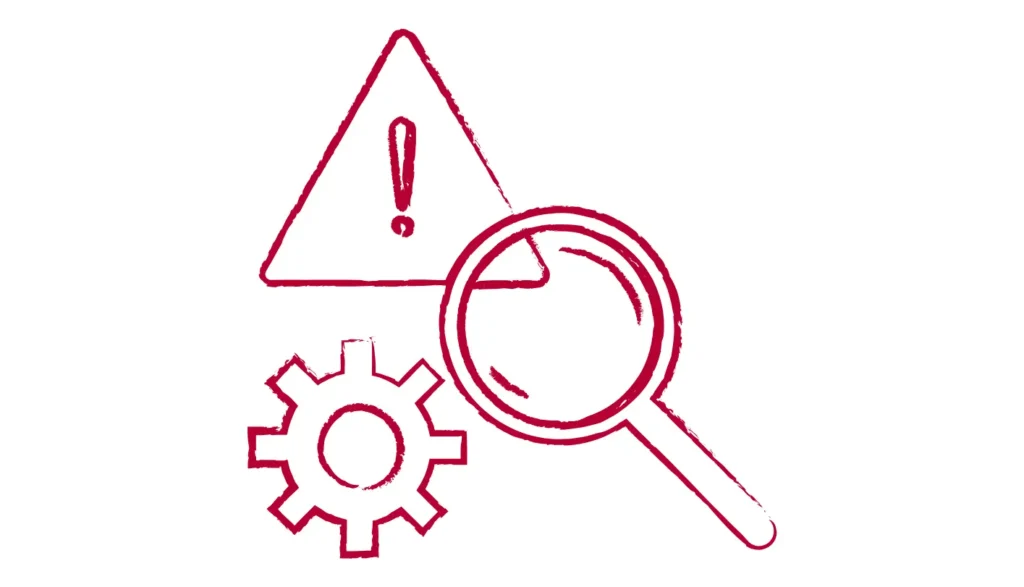Risk is everywhere, whether in daily activities like driving, doing your work or in manufacturing processes such as assembly and welding. but what is risk in FMEA?
In view of Failure Modes and Effects Analysis (FMEA), risk means the potential of a failure that can affect your product safety, performance, cost, or customer satisfaction.
Instead of acting on failures after they occur, FMEA focuses on prevention of those failures.
It helps to find out risk of potential failure early in design and process development, so that the companies can reduce failures before they impact the customer or end user.

What is Risk in FMEA? #
In simple words:
Risk in FMEA = Likelihood of failure × Severity of its consequence.
In FMEA:
Risk = Severity × Occurrence × Detection
Risk has two key dimensions:
- Likelihood of failure: How often could the failure happen?
- Consequence: How serious would the effect be?
Actual Risk in FMEA is carried out with multiplication of Occurrecce, detection and severity.
Risk (Action Priority) = Severity X Occurrence X Detection
Risk in FMEA is evaluated using three key ratings:
- Severity (S): How serious is the effect of failure?
- Occurrence (O): How likely is this failure to happen?
- Detection (D): How likely is it to detect this failure before it reaches the customer?
Each rating is scored from 1 to 10.
This structured way of thinking is the foundation of risk-based quality management systems, such as IATF 16949 and ISO 9001.
Why Prevention Important in FMEA? #
FMEA is not just about finding problems, it is about detecting and preventing them in design or process stage.
“It is always better to prevent a defect than to detect and fix it later.”
Core principle of FMEA & Lean Manufacturing
Here’s why prevention is important:
1. Prevention Reduces Cost of Quality (COQ)
Fixing a defect after production or customer complaint is 10× to 100× more expensive than preventing it in design or process development stages.
- Prevention Cost < Internal Failure Cost < External Failure Cost
2. Prevention is Proactive, Detection is Reactive
- Prevention controls are designed to eliminate or reduce causes of failure (e.g., poka-yoke fixtures, process automation, design definitions).
- Detection controls only catch the problem after it happens (e.g., inspection, end-of-line tests, validation tests).
3. In Automotive, Lives Are at Risk
Imagine a brake caliper mounting bolt that is under-torqued.
- A preventive control = torque control with error-proofing.
- A detection control = final manual inspection.
If the inspection misses it, the car could fail on the road. Preventive control ensures it never happens.
💡We can say: Wearing a seatbelt doesn’t stop accidents, but it reduces the risk of severe injury. This is nothing but prevention at work.
Real-World Risk Examples in Manufacturing #
1. Automotive Airbag System
- Risk: Airbag does not deploy.
- Effect: Passenger injury in crash.
- Prevention: Robust sensor design, multiple validation tests.
2. Welding Process in Automotive Assembly
- Risk: Weak weld joint.
- Effect: Structural failure during vehicle use.
- Prevention: Operator training, process monitoring, destructive testing.
3. Electronic Control Unit (ECU)
- Risk: Software glitch.
- Effect: Vehicle malfunction.
- Prevention: Software verification, redundancy, fault detection systems.
Key Takeaways | Summary #
| Aspect | Insight |
|---|---|
| What is Risk in FMEA? | Potential negative impact based on S, O, D |
| How is Risk in FMEA Evaluated? | Using Action Priority in AIAG-VDA |
| Why is Prevention Important? | Lower cost, safer systems, proactive quality |
| Best Practice | Always prioritize prevention controls over detection |
No, AIAG-VDA emphasizes that high severity risks must be addressed with prevention, not just detection.
Error-proofing devices, poka-yoke, design standards, torque interlocks, automated systems, etc. are some examples of prevention controls.
To reduce severity, occurrence, and detection ratings, but severity can rarely be reduced, so prevention become critical.



